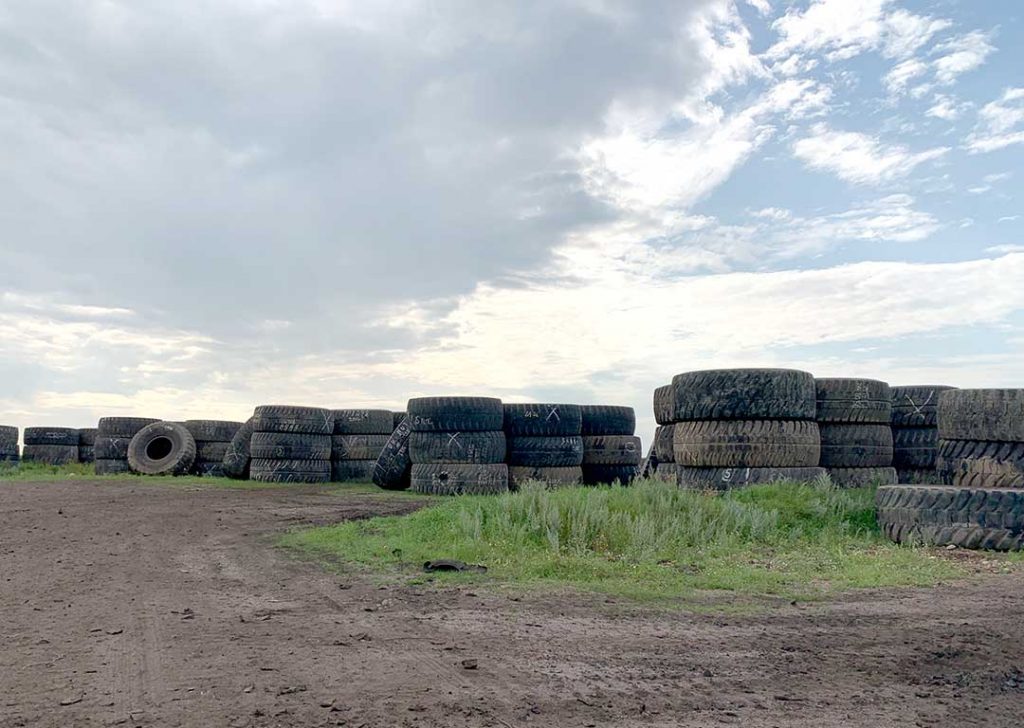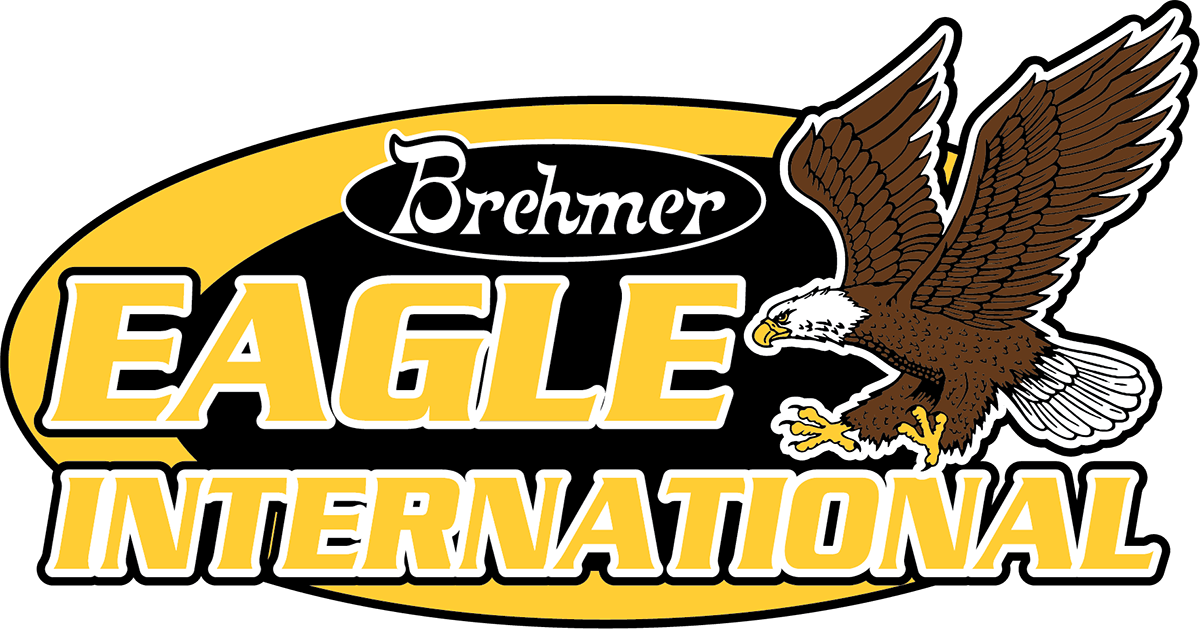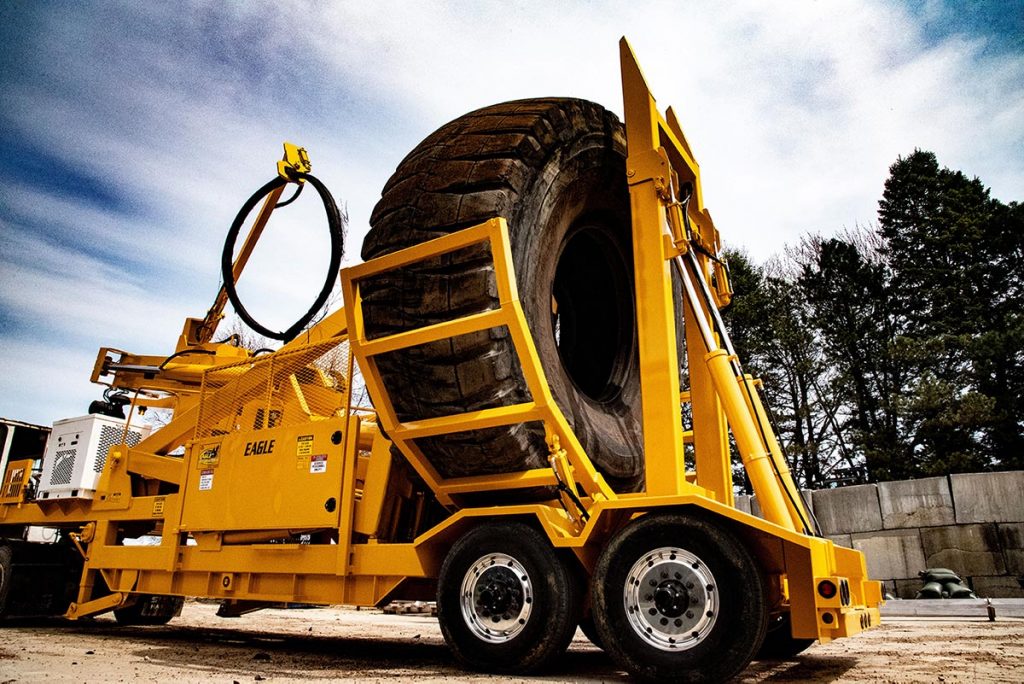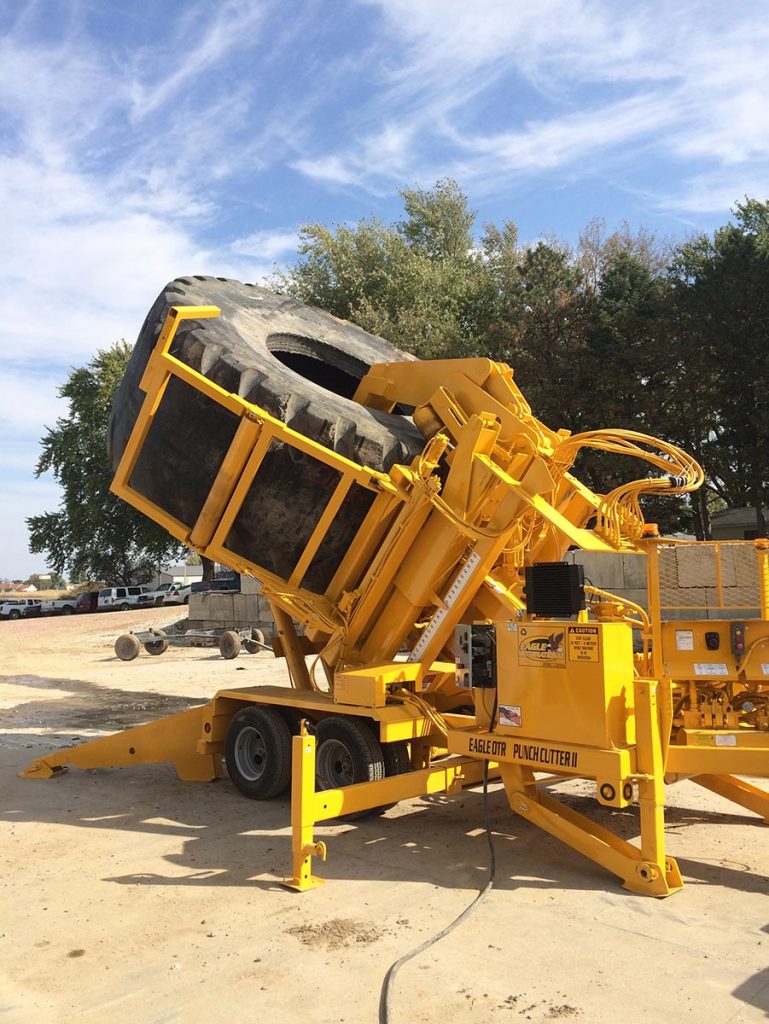The market for OTR tires is constantly growing and, depending on which report you read, is projected to jump above $30 billion by 2025. As the world’s infrastructure continues to grow and change, projects are popping up on a global scale to meet these demands and OTR tires play a (literally) huge role in the operations. So why is it a good idea to implement a portable OTR tire recycling system?
According to presentations from industry experts, OTR tires represent only one percent of the tire industry in unit volume. However, they take over 15 to 20 percent of the total weight of all tires. With this type of volume out in the world, it’s no surprise that recycling these behemoths is a major challenge.

OTR Tire Stockpiles
Vast supplies of OTR tires lie in wait at mines, work sites, recycling facilities, or have been illegally dumped. These tires can weigh around 12,000 pounds (5443 kg) each and cost thousands of dollars to move from location to location. These stockpiles are loaded with valuable materials that can be recovered for several uses such as crumb rubber, pyrolysis processes, landscape mulch, and many others. OTR and other tire stockpiles are a world wide issue, just take a look at this article from International Mining about efforts in Australia and New Zealand.
Advances in technology have led to very exciting activity within the tire recycling industry in the last several years. This activity is an effort to not only take advantage of the financial opportunities, but also make an incredible, positive impact on the environment. These advances are resulting in further market acceptance of recovered materials.
It’s also creating opportunities for truly circular economies in many sectors of the industry. For example, some major tire manufacturers have released plans to implement recovered Carbon Black (rCB) from tire pyrolysis projects into some lines of their product offerings.
Making OTR Tires More Manageable
This is where the Portable OTR Downsizing System from Eagle International comes in. This system consists of three machines: the OTR Debeader, the Punch Cutter II, and the Titan II. All three machines are portable and work together to make OTR tires more manageable for recycling purposes. Learn more about how these machines work together HERE.
Each machine is designed to be road legal and can be hauled from location to location. This reduces the need to load and haul thousands of whole OTR tires. Instead, it allows the scrap tires to be downsized for more efficient loads without the need for expensive permits or pilot cars. Since the vast sizes of these tires require downsizing prior to performing most processes, the transportation savings are an easy revenue benefit for these businesses.
Moving these three machines from one OTR storage site to the next will increase efficiency when processing the tires. In the first step of the OTR Downsizing System, the Eagle OTR Debeader removes the high-quality steel bead. Pulling the bead from OTR tires not only provides high-quality scrap steel for recycling, it also eliminates damaging material from the tire that can greatly reduce the life of tire shredding equipment.
The second step includes the Punch Cutter II, which is used to cut the OTR tire in half down the center of the tread – like a bagel. This step may not be necessary depending on the size of tires being processed and what the downstream system (shredder) requires for maximum size of feedstock. The third, and final, step is the Titan II. This OTR tire shear is used to cut the halved tires into smaller segments that are acceptable for downstream processing. The Titan II is also capable of cutting whole tires up to 40 inches (102 cm) tread width (i.e. 40.00R57) with beads still intact.
Once the tire has been halved and segmented, you can reduce the size of an OTR tire by approximately 70%. This means you can save money by hauling more scrap rubber in each load that leaves the site.



